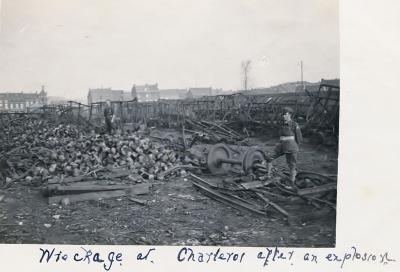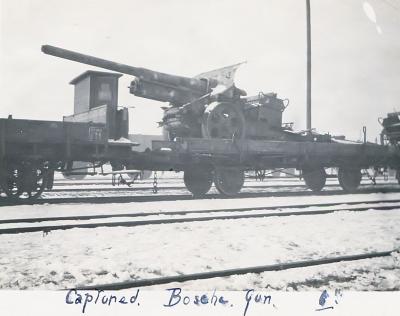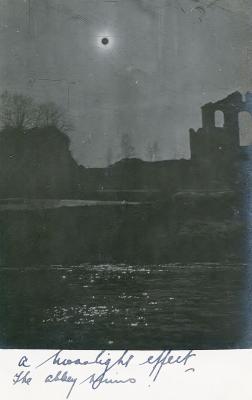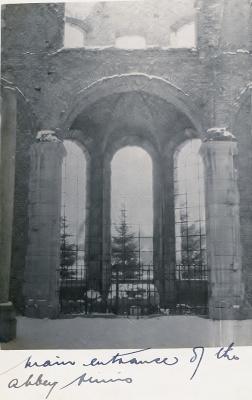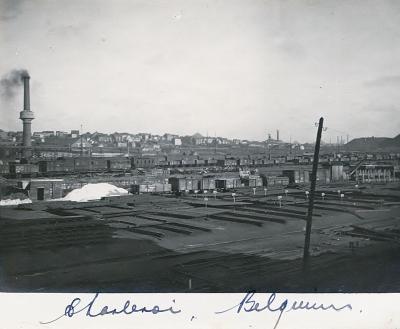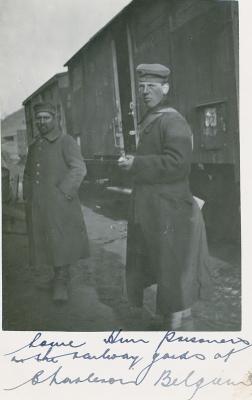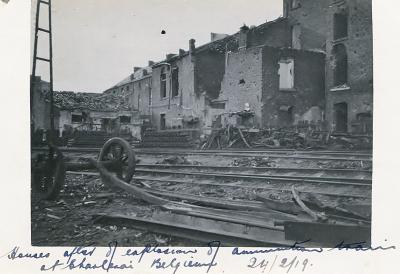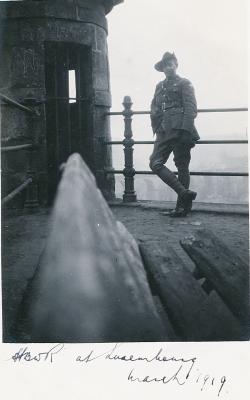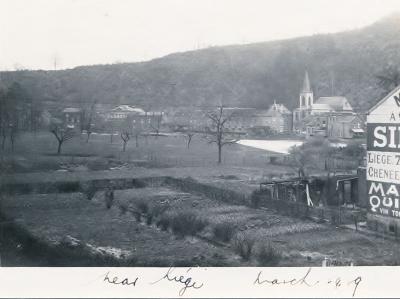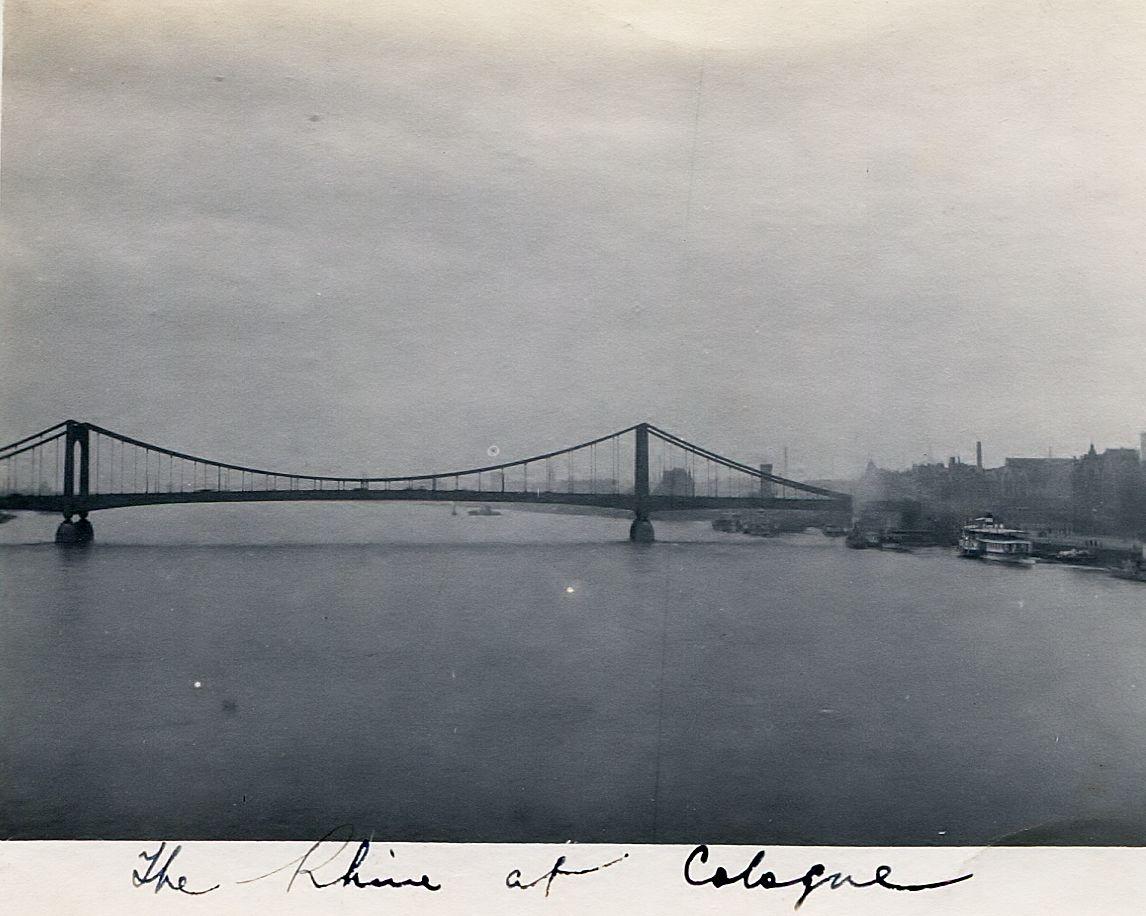World War 1, Europe, Germany, Cologne, Allied Occupation Forces,1919
1919A bridge over the Rhine at Cologne
Prime Minister Billy Hughes insisted that Australian troops be repatriated after the Armistice was signed on 11 November 1918. This partly explains why, apart from the, No 4 Squadron, Australian Flying Corps and No 3 Australian Casualty Clearing Station (3ACCS) the Australian Imperial Force (AIF) didn't serve as part of the occupation force in Germany.
No 4 Squadron of the Australian Flying Corps was the only Australian combat unit to serve with the occupation forces in Germany. Members of the squadron had arrived at Bickendorf airfield, outside Cologne, by 14 December, and its 13 aircraft started to arrive on 17 December. Bickendorf had been one of Germany's home defence aerodromes in the war.The Australians took over 150 surrendered German aircraft of all types. For No 4 Squadron, duties included running an aerial postal service between Fourth Army Headquarters at Namur and the Australian Flying Corps Headquarters at Ham-sur-Heure, and from the Australian Corps to the divisions in cease flying, and by 23 February, all its aircraft had been redistributed to British units.
On 27 February, No 4 Squadron began its move to Le Havre for transport to the UK. On 17 March, the unit was given 14 days leave, and on 25 April, two sergeants and 25 other ranks took part in the Anzac Day parade in London. The squadron left for Australia on 7 May 1919 alongside officers and other ranks of the other Australian Flying Corps units stationed in the UK.
No 3 Australian Casualty Clearing Station (3ACCS) advanced into Germany one day after the Armistice to provide medical support to the British Army of the Rhine.
On 22 December, 3ACCS arrived at Euskirchen, some 20km south-east of Cologne, to replace No 1 Canadian Casualty Clearing Station. The hospital was located in the Deaf and Dumb Institution, a fine building with central heating. On 26 April, 3ACCS was closed down and its duties handed over to the British No 47 Casualty Clearing Station. On 8 May, the unit began its journey to Le Havre for eventual repatriation to Australia.
Details
Details
Open in Google Maps
Nearest geotagged records: View all geotagged records »
Australian Army Museum of Western Australia
Australian Army Museum of Western Australia
Other items from Australian Army Museum of Western Australia
- World War 1, Europe Belgium Charleroi, RIDLEY, 28 Battalion, 1919
- World War 1, Europe, RIDLEY, 28 Battalion, 1919
- World War 1, Europe, RIDLEY, 28 Battalion, 1919
- World War 1, Europe, RIDLEY, 28 Battalion, 1919
- World War 1, Europe, RIDLEY, 28 Battalion, 1919
- World War 1, Europe, RIDLEY, 28 Battalion, 1919
- World War 1, Europe Belgium Charleroi, RIDLEY, 28 Battalion, 1919
- World War 1, Europe Belgium Charleroi, RIDLEY, 28 Battalion, 1919
- World War 1, Europe Belgium Charleroi, RIDLEY, 28 Battalion, 1919
- World War 1, Europe, RIDLEY, 28 Battalion, 1919
- World War 1, Europe Belgium Luxembourg, RIDLEY, 28 Battalion, 1919
- World War 1, Europe Belgium Liege, RIDLEY, 28 Battalion, 1919
